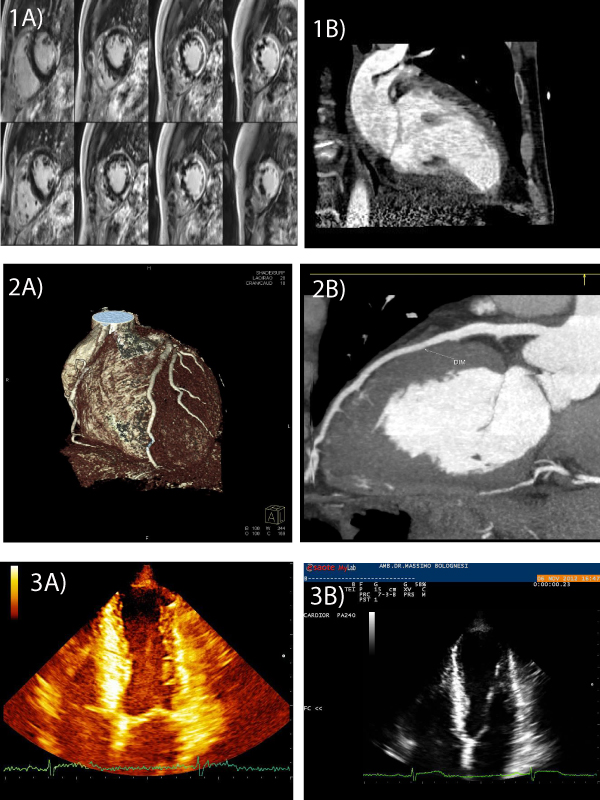2376-0249
Clinical Image - International Journal of Clinical & Medical Images (2015) Volume 2, Issue 1

Author(s): Massimo Bolognesi*
The author reports on the history of a middle-aged male athlete who had sudden acute left pure motor hemiparesis due to a ischemic stroke 7 days after prolonged and strenuous exercise with severe physical fatigue. No chest pain or fever had been reported at that time, only a general feeling of weakness. In hospital all the examinations carried out led to the exclusion of paradoxical embolism via Patent Foramen Ovale. No other investigation was carried out and no anomalies were detected, therefore the patient was discharged with a diagnosis of cryptogenic stroke and neurologic follow up.
Two years later the athlete underwent further investigations such as echocardiographic examination which showed a clear left ventricular apical akinesis. On suspicion, therefore, of coronary artery disease a coronary angiography was performed for suspected critical narrowing of the left coronary descending artery branch. However, the coronary angiogram showed patent coronary artery. Assuming that the left ventricular apical akinesia was probably the genesis of ischemic stroke for the formation ofapical thrombus that has migrated into the cerebral circulation occluding the anterior cerebral artery, other examinationswere performed to visualize the cardiovascular findings of the damaged left ventricle apical A cardiac CMR showed a akinetic and thinned left ventricular apex.
The LGE showed an aspect of LV apical transmural fibrosis most probably to be attributed to an inflammatory event, that is, to an extended myocarditis, even if the morphological and functional pattern of CMR appears suggestive for an ischemic event. A contemporary coronary computed tomography showed patent coronary arteries as well as profound myocardial bridging at the middle segment of the anterior interventricular artery. The dilemma is thus: the athlete had had extensive myocarditis that had affected the function of the LV apex or he had had a heart attack caused by underlying but hemodynamically significant myocardial bridge?
 Awards Nomination
Awards Nomination

